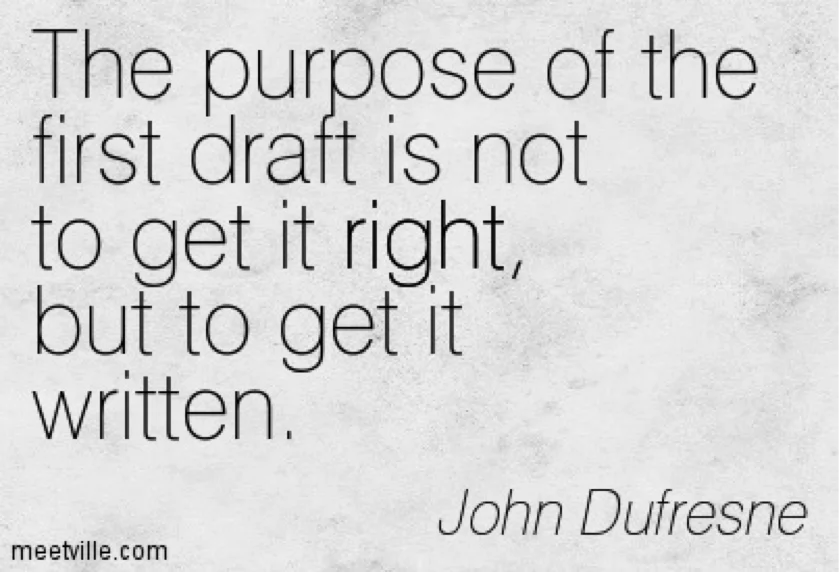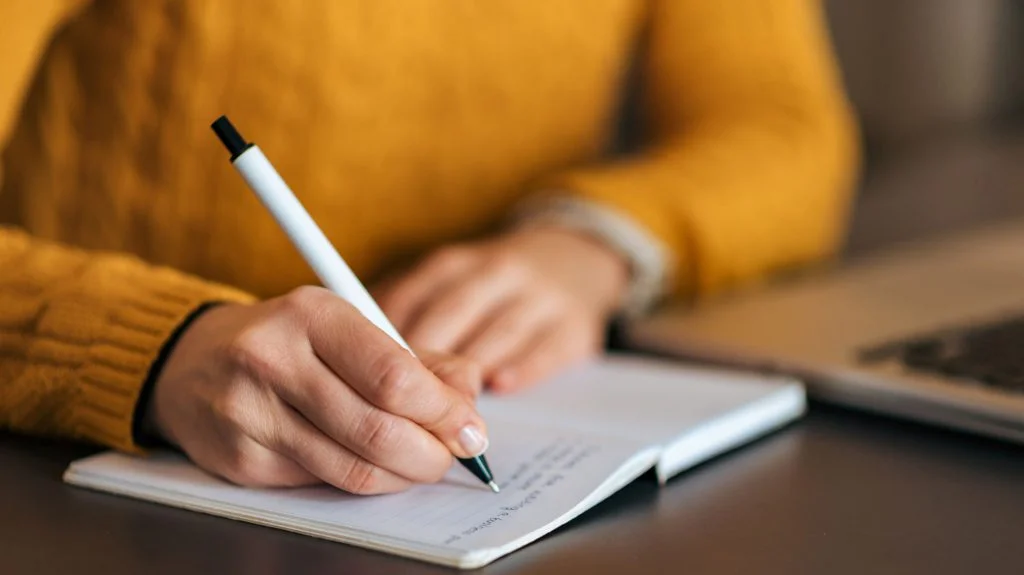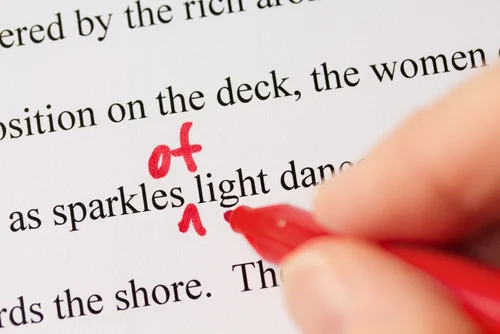Do you know why the ‘first draft’ is also known as the ‘rough draft’? It is because first drafts are supposed to be imperfect. People with great ideas often stop midway because their first draft isn’t ‘perfect’. The sole purpose of the first drafts is to bring the work into existence. You cannot refine something that does even exist.

Creating the First Draft
Here are 6 steps you need to follow to make the most of your first draft, creating the most perfectly imperfect draft –
Step 1: Clear Your Mind
Before initiating the process of creating your first draft, clear your mind. Don’t be under any kind of stress or pressure as it might hinder the free flow of thoughts and ideas. Meditation can help you relax. Drink a small cup of tea or coffee to kickstart your brain.
You can even read a few pages of a book to take your mind off of things. Here is a list of books you may read written by some famous authors such as Lewis Carroll, Ruskin Bond, A.A.Milne, and J.K.Rowling.

Step 2: Clear the Clutter
Have a clean workspace. Tidy up your room and table. And try to get rid of all the possible distractions. Turn off your phone or switch it to ‘do not disturb’ mode.
By doing so, your mind will focus on the work in front of you instead of wandering to random thoughts.
Step 3: Know the Topic for Your Draft
Well, it is impossible to start writing unless you are aware of what you have to write about. If you have to write an article, essay, blog, or any other comprehension, you will have to decide the topic — unless already mentioned. If you wish to write a literary piece — a poem, short story, novel, etc — decide the basic theme of it.
Write down all the important points you feel you might forget. Word limits, subtopics you need to cover, any significant information you want to include — jot them down so that you neglect them.

Step 4: Jot Down Information You Already Know
While composing a comprehension, write down all the details you are already aware of. This step is crucial and to be done before researching the topic. It is because once you have looked over the topic, the ideas in your mind are from different websites and books, and not your own.
Let’s say you are drafting an essay on Independence day. Note down the facts you know beforehand — day of independence, history of it, what led to it, what happened after it, etc. This will create a checklist for your final draft.
If you are writing fiction, write down the plot, the characters, the important scenes you wish to include, the plot twists, the possible endings, etc.

Step 5: Research the topic
If you are writing non-fiction, you will have to research and analyze your topic. Surf through various websites and online articles to gain relevant information, facts, surveys, statistics, etc. Hit the library if required.
This step will help you create the body of your comprehension. In addition to that, researching the topic increases the credibility of your work.
Pro tip – If you are using the work of someone else as a reference, mention them as a citation to avoid plagiarism.

Step 6: Create the Outline
Now that you have taken note of all the factors you need to include, it is time to execute the action i.e. actually creating the first draft. You have the liberty to structure your writing just the way you want, but here we have mentioned the traditional formatting of different types of writing.
The structure of an essay or article comprises three parts — introduction → body → conclusion.
If you are composing a story, the plot follows the following structure — exposition → rising action → climax → falling action → resolution

Editing the First Draft
The next step to a successful piece of writing is editing. From changing the scenes to punctuating the line precisely — every alteration in your work after composing the first draft is part of editing. You keep editing the writing until you are satisfied with your work and reach the final draft.
The most crucial factor before you start editing is to take a long break. If you start the editing process soon after composing the first draft, you’ll be blind to your mistakes. Based on the length of your writing, your break can last between hours, days, or even weeks.

We have two forms of editing which help in polishing your work efficiently.
Macro editing
Macro editing refers to all the major and significant modifications you need to make in your writing. It includes
- arranging paragraphs in sequential order,
- rewriting and paraphrasing to increase readability,
- getting rid of plot holes,
- cutting out redundant information, etc
Micro editing
While micro editing, you take care of the minute details i.e inaccuracies on the lower level. You check for repetition of words, correct format of dialogues and scenes, etc.
The last step is to proofread, where you check for spelling, punctuations, and grammar.

Need Assistance With Your Creative Writing?
Podium Blog brings you a wide range of articles that will enhance your creative writing skills. Creative Writing is the ultimate 21st-century skill you need to learn. Check out this beginner’s guide which will enlighten you with the basics of creative writing.
Share with your friends






